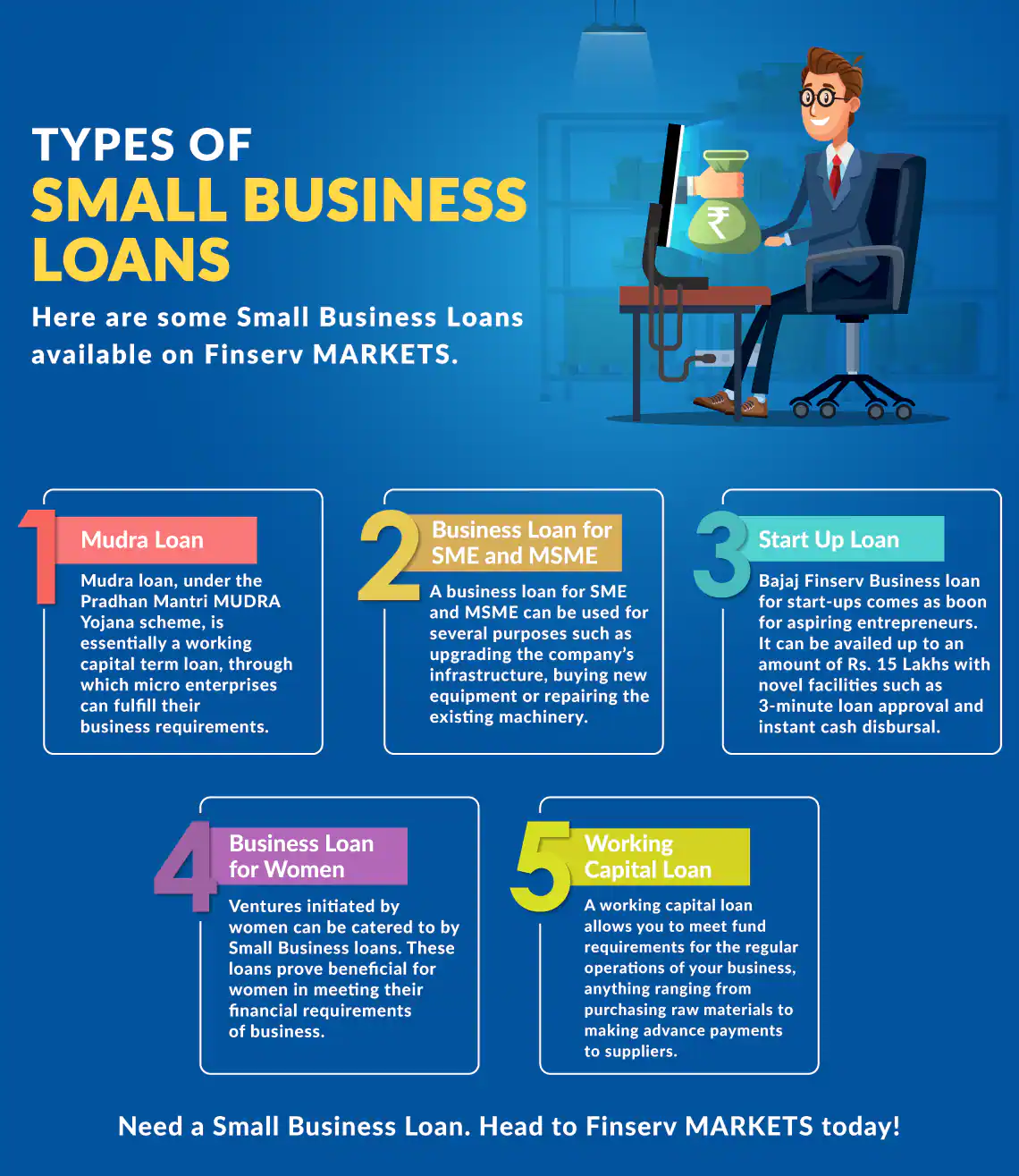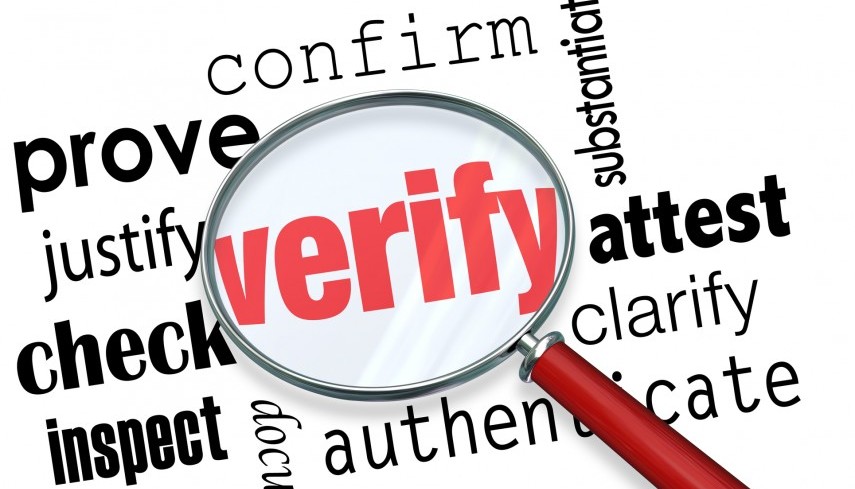Debts can pile up due to several factors, some of which will be within your control, while some are influenced by external factors. These include impulse spending, spending more than you earn, and lifestyle expenditure.
Other types of debt pile-ups can include:
- Credit card debts where minimum payments cause the debts to increase over time
- Unsecured loans that come with high-interest rates
- Making minimum payments on debts causing the interest to accrue
- Medical emergencies, forcing you to rely on credit cards or loans
- Car repairs
- Job loss
- Rising inflation on goods you buy and services you may avail
Debts are not inherently bad, and they may exist in some form or another in your financial journey. However, managing them responsibly requires discipline and making informed decisions.
Let’s dive into two popular debt repayment methods: Debt Snowball and Debt Avalanche Methods. Remember that while working on your debts, it is also important to secure an emergency fund, so we will explore the same too.
The Debt Snowball Method For Quick Wins
Here’s how the debt snowball method works in paying off your debts faster.
- Step 1: Enlist your debts, category-wise
Make a list of all the debts you have, which include personal loans, credit card debts, etc., and add two columns including outstanding balance and minimum payment for each.
- Step 2: Go from the smallest debt to the biggest
Prioritise your debts starting from the smallest balance to be paid. For the time being, do not look at the interest to be covered. Once this is done, start paying off your debts. Start clearing your smallest debts until they are paid off.
- Step 3: Roll the snowball payments
Create a snowball effect by going from one debt to the next. This means that once you have paid your first debt, take the money you were paying towards it and add it to the minimum payment of the next debt. This method will help you pay off debts faster and keep you motivated with regular quick wins.
If you want to save the most on interest money in the long run, then choose the debt avalanche method. This means you have the discipline to repay with a large interest and you are comfortable with a long repayment time frame.

How To Build Your Emergency Fund In The Middle Of Paying Off Debts
Before we move on to understanding how the debt avalanche method works, let’s also consider creating a pool for emergency funds. It is necessary to take this crucial step of striking a balance between debt repayment and preparing for emergencies.
Since emergencies never come knocking on your door, here are a few tips to consider:
- Save a sum of money with smaller goals like INR 1000 to 2000 per month.
- Direct unexpected money, tax refunds, and bonuses into your emergency funds account.
- Set up a recurring bank account transfer to your emergency funds saving account.
- Cut back on expenses where they are not needed to save additional money. For instance, postponing your trip to Goa or treating your friends on your birthday.
The Debt Avalanche With The Highest Interest Rates
Now that you can comprehend how to manage your emergency funds, here’s how the debt avalanche method works by focusing on saving money in the long run.
- Step 1: Enlist your debts
Similar to the first step in the snowball approach, start by making a list of the debts you owe.
- Step 2: Go from the highest to the lowest
Unlike the snowball approach, the debt avalanche approach requires you to prioritize your debts by paying the ones with the highest interest rates. Despite there being a larger balance, this approach entails going with the debt having the highest interest rate. Focus on paying off the debt first by putting all our extra money into paying off the first debt. This helps in minimising the interest snowball that grows over time.
- Step 3: Move on to paying your next debt
Once you are done paying your first debt, move on to paying for the next one. This debt is comparatively lower than the first one, giving you a bit of breathing space to clear them off.
Choose the debt snowball method if you have a lot of small debts holding you back. So, if you are better off with a psychological boost and motivation for quick wins, go for the debt snowball method.
While there is no one-size-fits-all approach, it is essential to choose a debt payment approach that aligns with your personal and financial goals.



